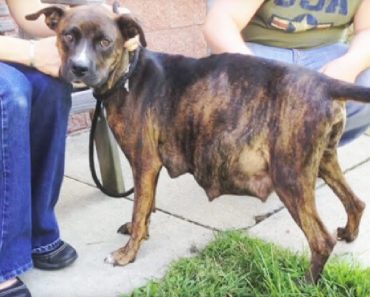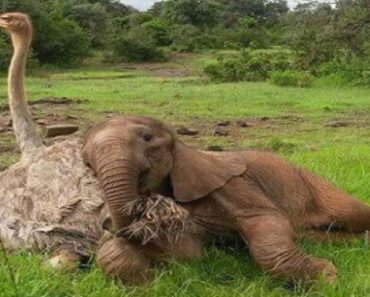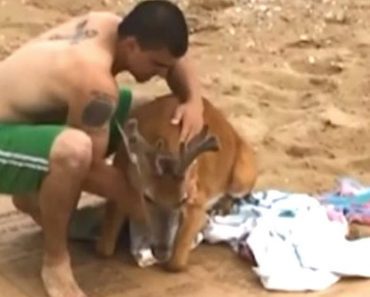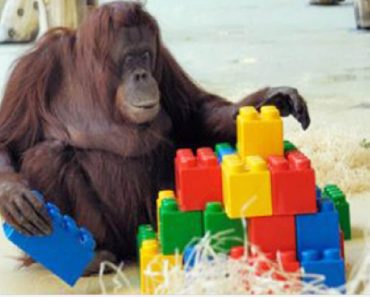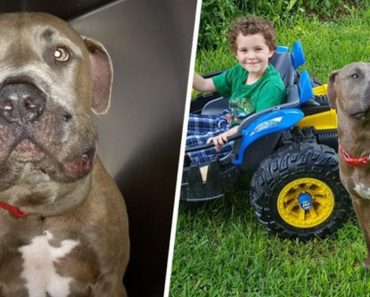Pika was just 6 weeks old, Pika was taken away from his mother at the Safari Park Open Zoo and Camp in Kanchanaburi, Thailand. The reason: the owners wanted tourists to be able to bottle-feed him and take selfies. When Pika was about 2 and a half months old, he was sent to a vet to be declawed. This is an extremely dangerous procedure in big cats since it basically amputates their toes at the first knuckle.
Pika was never the same after the declawing operation, according to a Michael, a volunteer who once worked at the Thailand zoo and helped raise Pika.
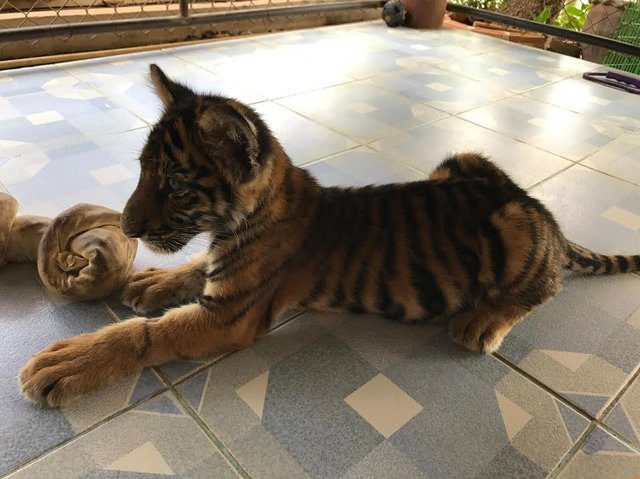
“He was declawed and came back with low energy,” Michael, a spokesperson for the Facebook group Big Cats Claw Back said. “He would not walk, play, bite or anything. He just lay in a corner. The only time he would move is if he didn’t like being handled.”
Pika stopped eating and drinking and needed saline injections just to stay alive. Michael, who asked that his name is changed out of fear of retribution by the zoo, said that inexperienced volunteers were the ones who gave Pika his injections.
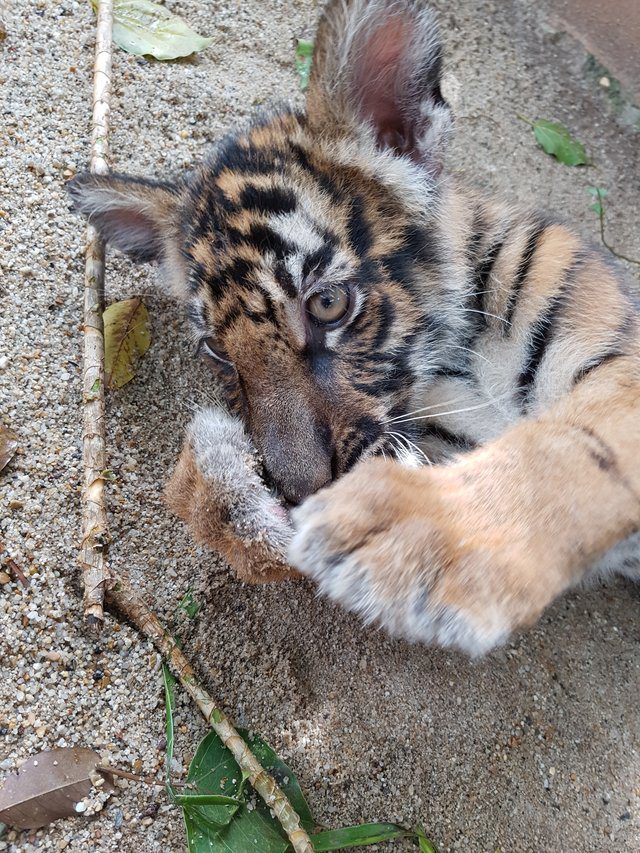
“He wasn’t sent to vets because it was going to be too expensive to have them administer saline each day for months,” he said. “The cub was injected by inexperienced volunteers who were not informed [that] they would have to do this, [and] it involved the tiger screaming in pain and often bleeding out onto the floor because the vein was hard to find and the wrong part was pierced.”
Pika surprisingly recovered, although his paws would never be whole again. He was put back on display in the cub section of the zoo, where tourists could play with him or walk him on a leash.
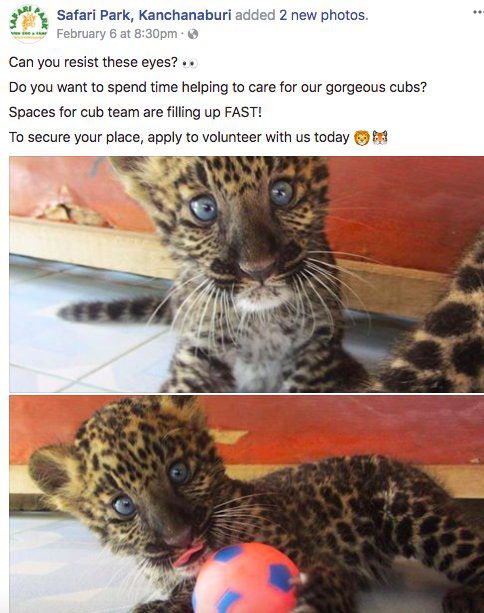
Michael started working at Safari Park Open Zoo and Camp in 2014, but it took him a while to fully see the welfare issues at the safari park. That’s when he decided to speak out about them.
Safari Park Open Zoo and Camp were a bit like a theme park. Besides the tiger cub section, there was a staging area where elephants and crocodiles performed in shows and a large safari zone that visitors could drive through in cars or buses.
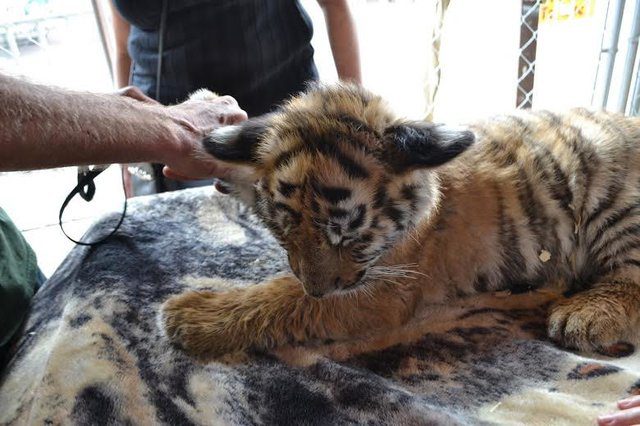
“I was doing a teaching thing in the same town, and I went there as a naïve tourist,” Michael said. “I loved touching wild animals, and one of the things that they offered there was being close to lions, leopards, and tigers. And you can be toe-to-toe with giraffes and zebras and flamingos and ostriches in the safari zone.”
Michael learned that you could pay the zoo to “volunteer” there, on his initial visit to the zoo. The zoo accepted him, along with about six other foreigners.
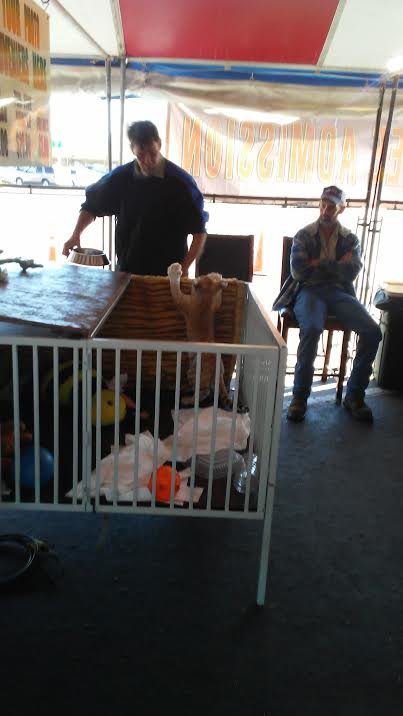
Michael and the other volunteers actually had no qualifications or former experience working with wild animals but were immediately given the responsibility to access the animals. In fact, after spending just three months there, Michael was given an unpaid staff position.
“I got to live at a zoo and play with wild animals whenever I wanted with no restrictions,” he said. “I didn’t need to pay to be there anymore, so that was kind of my motivation to go back there so often over the years.”
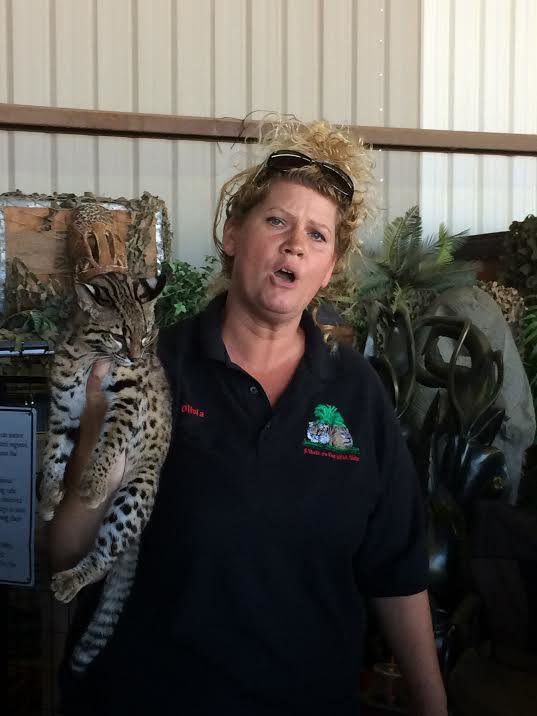
Michael couldn’t help but notice the numerous welfare issues at the zoo, like the mistreatment of the other animals including elephants, giraffes, zebras, bears, crocodiles, lions and leopards.
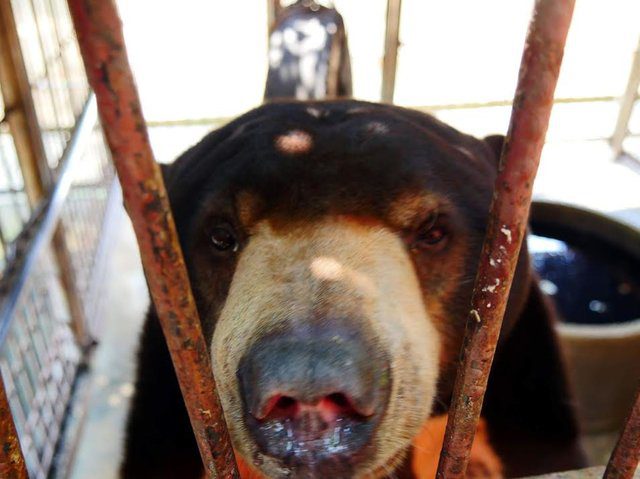
The cages were old and rusty, and the animals lacked enrichment. He also got an uneasy feeling about the elephant and crocodile shows at the park, and he said the cub section of the park, where tourists could play with and bottle-feed baby lions, tigers and leopards, was the worst in his opinion.
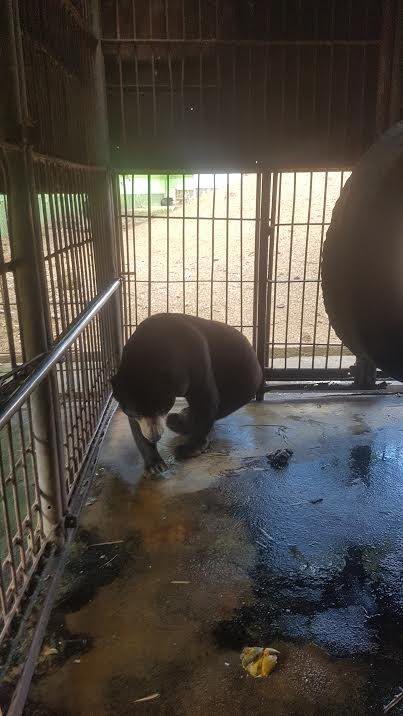
“The cub section … was the one area that I avoided during most of my time in that place because I disagreed with it,” he said.
Michael remained at the zoo, volunteering off and on for four years, mainly because he thought he was ‘making a difference in the animals’ lives. He spent a lot of time working to improve the living conditions of the resident elephants, which is something he took great pride in.
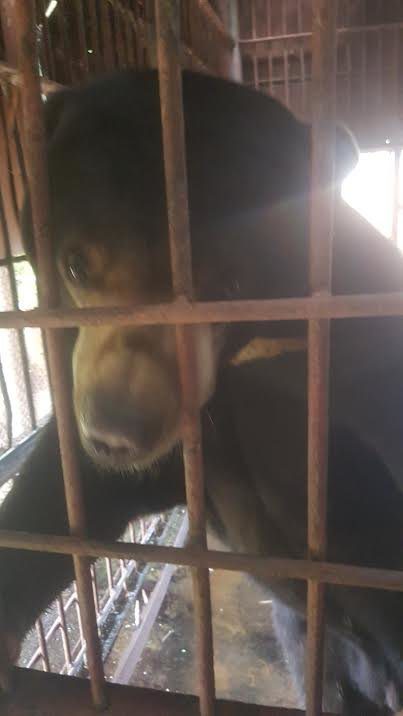
“For about a year and a half, I worked solely with elephants, and I got to make a lot of improvements for them,” Michael said. “They got rice balls, and they haven’t chained to one spot anymore. They were out in the jungle, and they were playing out in the river.”
Michael went back to his home country in 2017 to work for a few months in order to make enough money to stay in Thailand. When he returned, another volunteer was overseeing the elephants, and Michael was reassigned to the cub section.
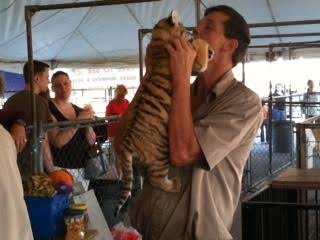
The Cub Section
Everything about the cub section seemed suspicious, beginning with where the cubs themselves came from. They would appear at a few months old, and the Chinese-Thai owners would give no explanation to the staff as to where they came from.
“There’s a huge mystery behind it,” Michael said. “We never get told who the parents are — which lion or leopard is the mother or father.”
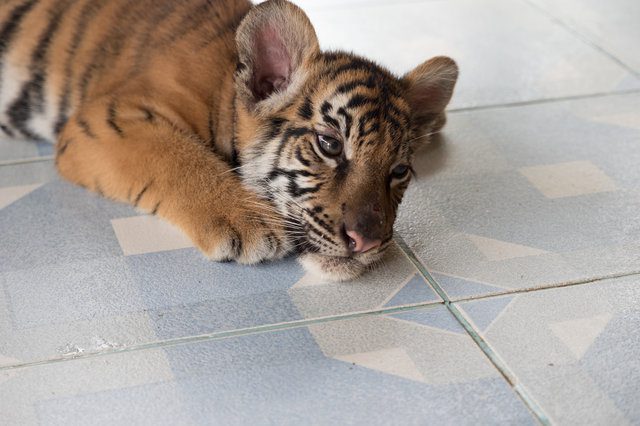
Michael is fairly certain that the cubs are the result of on-site breeding. That the newborns are kept in a separate, guarded building close to the zoo owners’ home. Whenever the owners presented a new cub to the zoo staff, it was always a single cub, which made Michael suspicious.
“I’m 100 percent sure they’re doing things with the [other] cubs,” Michael said. “It’s never a litter of lions — it’s always one. And when you try to question, ‘If there’s one, where are the rest of them?’ It’s always like, ‘The mother ate them.’ But they keep feeding that line to us. They say it about every birth.”
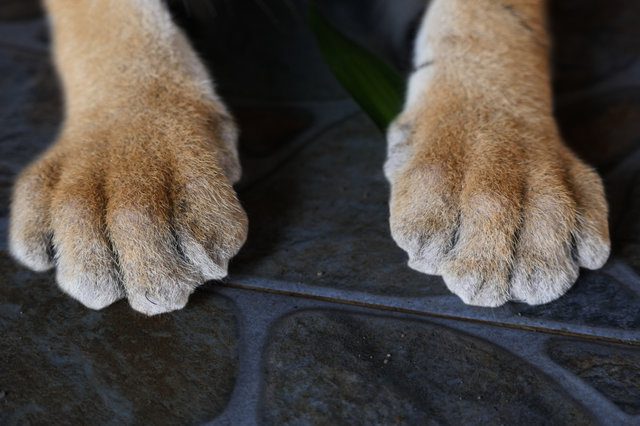
“They used to let volunteers name cubs,” Michael added. “But since volunteers became upset and angry over the cats being traded out or going ‘missing’, they leave the naming to the wife [of the CEO and owner’s son] to avoid volunteers getting attached and upset.”
Michael believes the cubs are removed from their mothers and put on display when they are far too young.
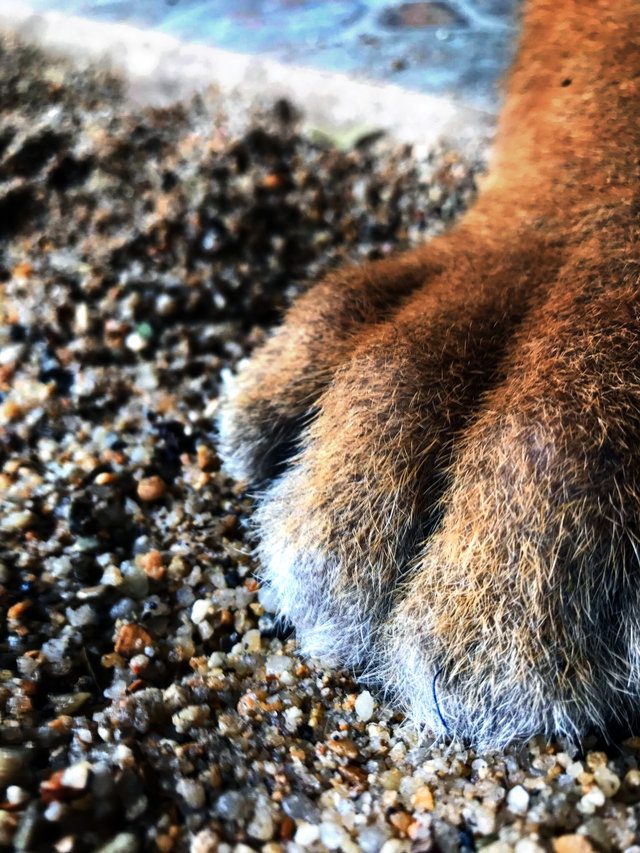
“They usually arrive [at the cub section] between 4 and 6 weeks old,” Michael said. “When they walk, they stumble. They have bright blue eyes still — their eyesight hasn’t even completely developed. And at this age, customers can come in and pet them and take pictures.”
Tigers stay with their mothers until they’re 2 to 3 years old in the wild and separating cubs from their moms at such a young age can lead to a number of negative effects, from nutritional deficiencies to anxiety so severe that cubs can self-mutilate.
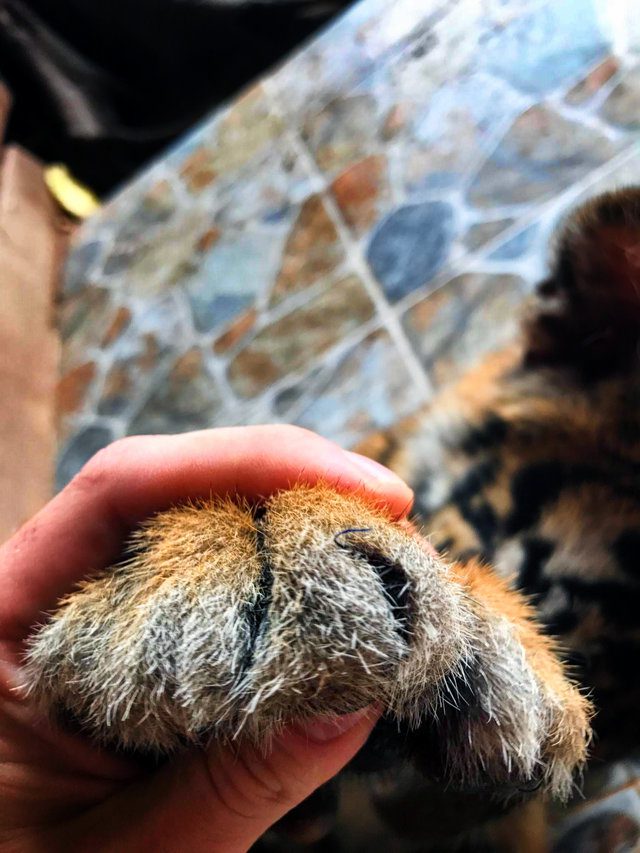
At the safari park, all that seemed to matter was how much money the zoo could make off the infant cubs.
“People can have them on their laps,” Michael explained. “They can lie down with them; they can have them on their backs and bottle-feed them. They can play with toys, or chase toys on a stick or something, mainly for photo opportunities.”
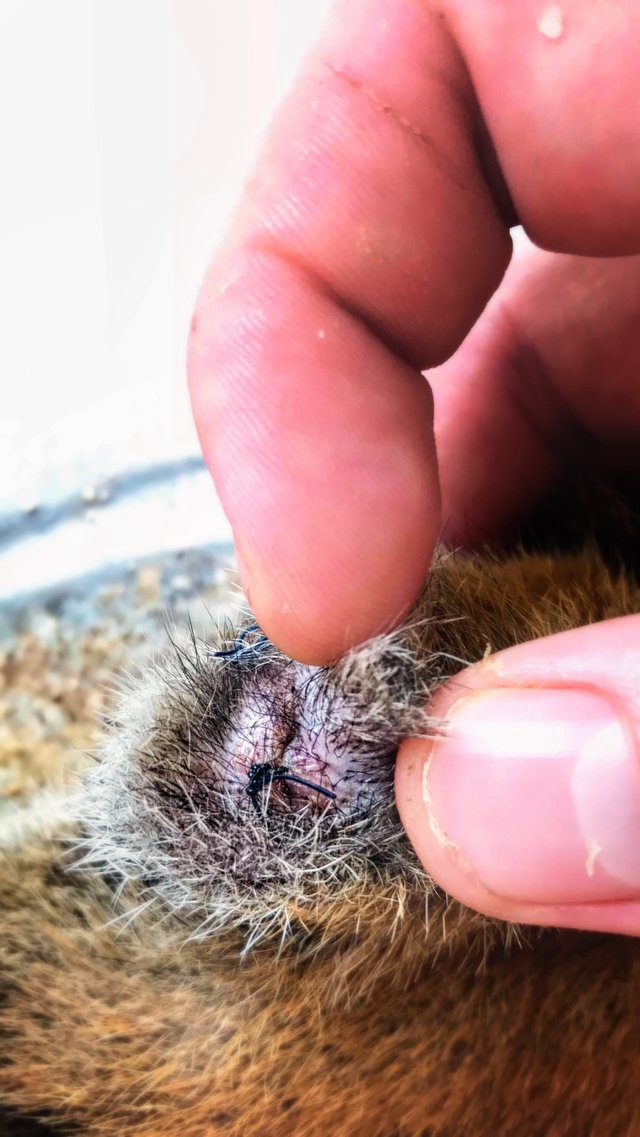
Conditions like this are far from unusual in Thailand, whose tourism industry is noted for its exploitation of animals. Big cats in particular. Kanchanaburi, where the safari park is located, was also home to the infamous Tiger Temple, an animal park that once housed over 100 tigers, and similarly offered tourists the opportunity to pose with tigers and take selfies with them.
After years of rumors, officials discovered that the Tiger Temple was actually a tiger slaughterhouse. The freezers contained the bodies of dozens of dead cubs and the facility was finally closed down. According to a news report, the facility is set to reopen and import more tigers for its attractions.
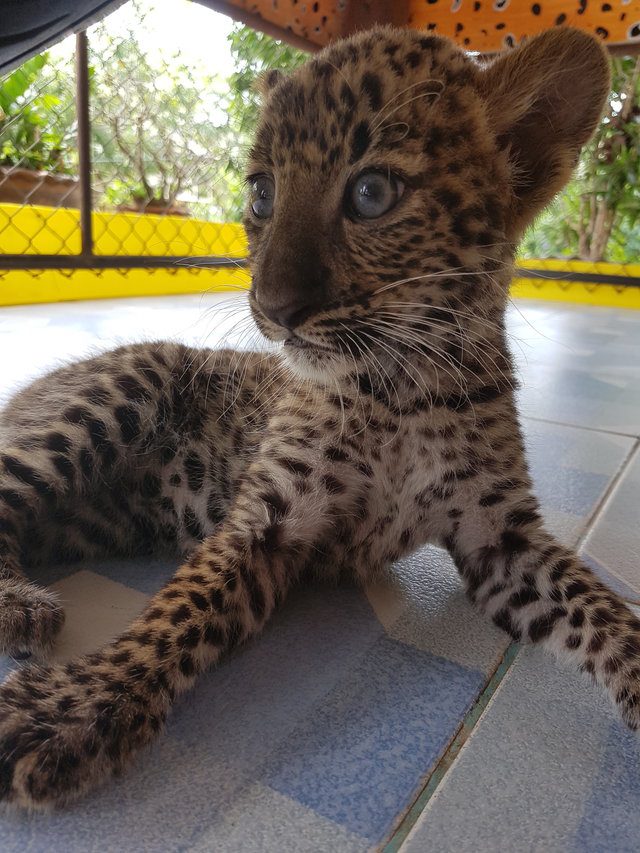
Declawing Baby Cubs
Of all the welfare issues, it was the declawing practice in the cub section that upset Michael the most.
“When they’re about 2 and a half months old, all of the cubs get sent to the vet [for declawing],” Michael said. “They used to go to a wildlife vet … but [later] they went to a domestic vet for cats and dogs.”
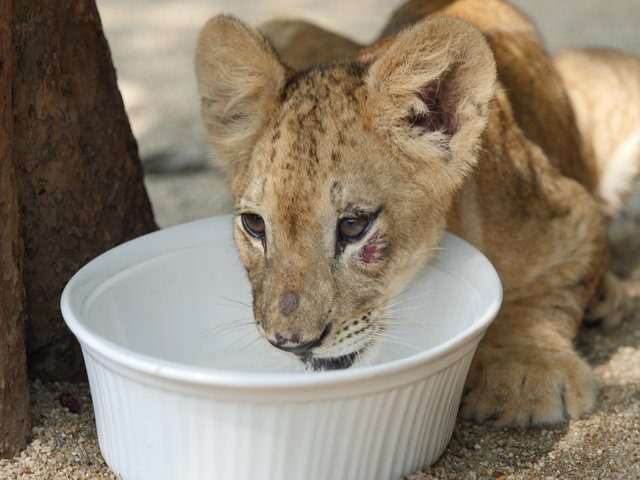
Declawing wild cats involves the amputation of a significant part of the bone. This can lead to lifelong complications, according to Susan Bass, director of public relations for Big Cat Rescue (BCR) in Tampa, Florida. “When you declaw a cat, it’s really cruelly amputating their claws at the last knuckle,” Bass said.
At the Safari Park Open Zoo and Camp, animals are returned to the zoo shortly after being declawed. They are kept away from tourists while they recover, according to Michael.
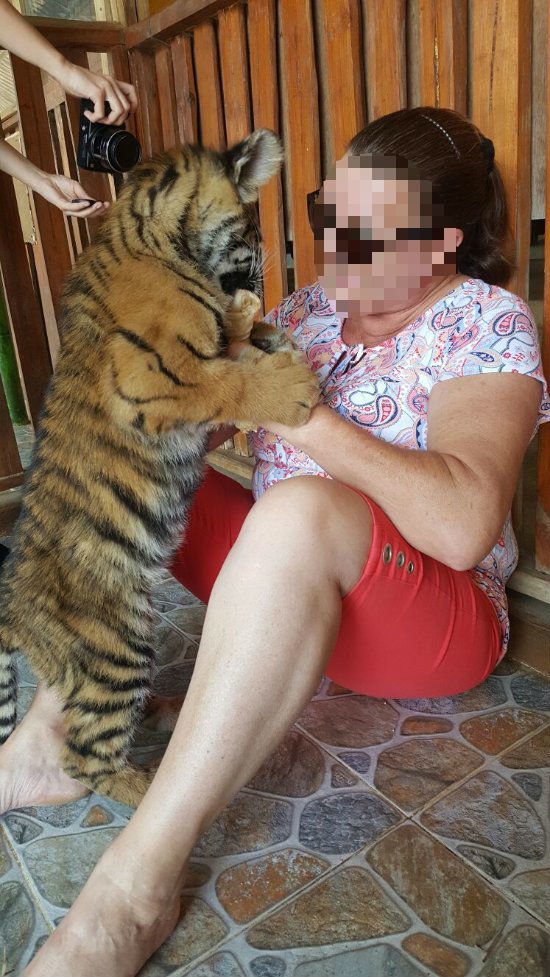
Michael and the other volunteers were able to see the state of the cubs shortly after their operations. “On their paws, you can see dried blood, and you can see the stitches sticking out,” Michael said.
The cubs would get infections on their paws after the operations.
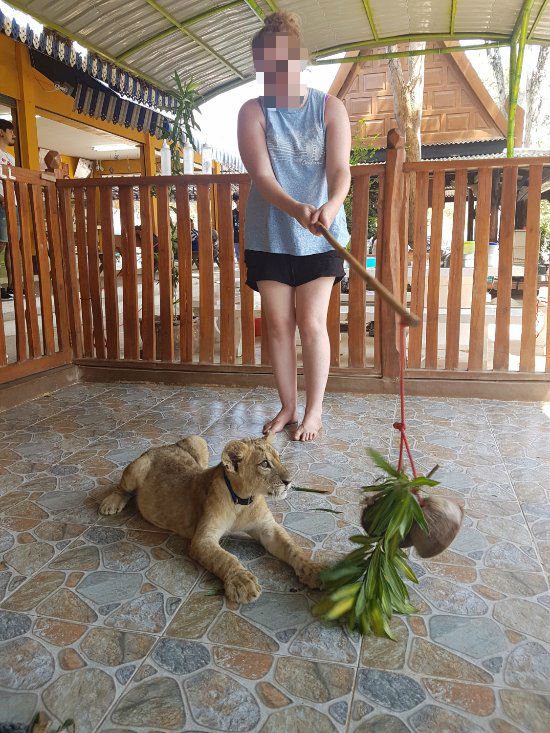
“I can’t narrow down how they get them [infections], but there are interactions with people from all over the world,” he said. “There’s also dirt in the area. Or maybe they [their paws] are not being cleaned properly. We [the volunteers] are responsible for the cleaning, and if there’s a whole new flow of people coming in and out of the place, the others can’t maintain the same level of care as the previous person.”
Michael views the declawing procedure as not only cruel but entirely unnecessary.
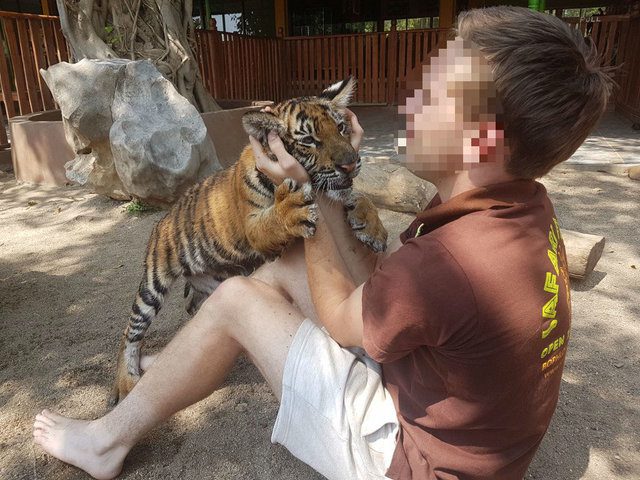
“It makes no sense,” he said. “They [the owners] say it’s to minimize damage to the customers, but they [the cats] have teeth that could do more damage. So it doesn’t make any sense. Even the Tiger Temple had captive clawed [tigers].”
The cubs are used for tourist interactions until they’re about 1 and a half years old. After that, some of them are moved to the open safari zone, where tourists can no longer physically interact with them. However, the unlucky ones are moved to cages at the back of the property, presumably for breeding or they just disappear forever.
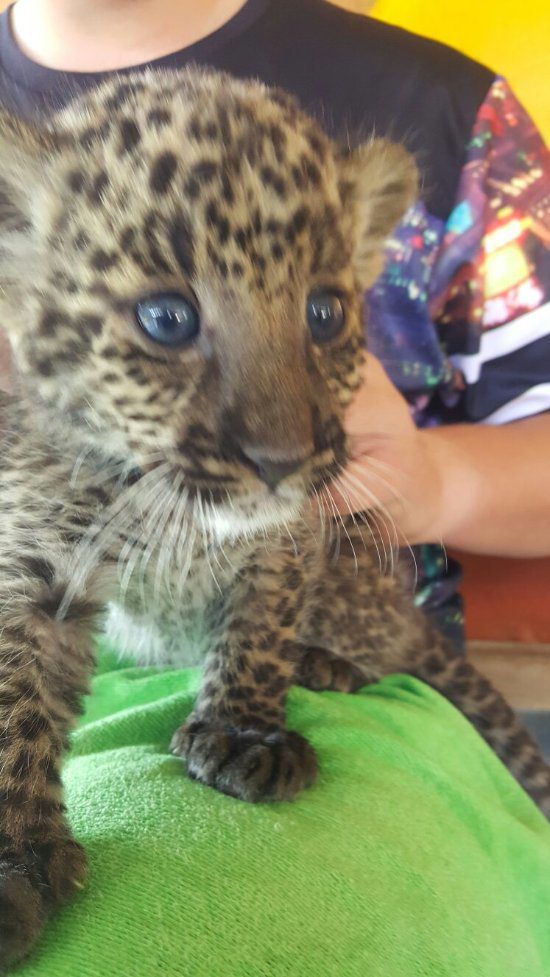
Dangers Of Declawing
Infection is only one danger of removing a big cat’s claws, it’s possible for the vet performing the procedure to do it incorrectly, which can cause long-term problems for the animals, according to Bass.
“Quite often, the operation can be botched,” Bass said. “We have a 23-year-old cougar at Big Cat Rescue — she can’t tell us exactly what happened to her, but we know that she was declawed when she was young, and it wasn’t done carefully. Her claws continued to grow back in all different angles under the skin, so we have to sedate her about once a year and trim her claws, and I’m sure it’s quite painful for her.”
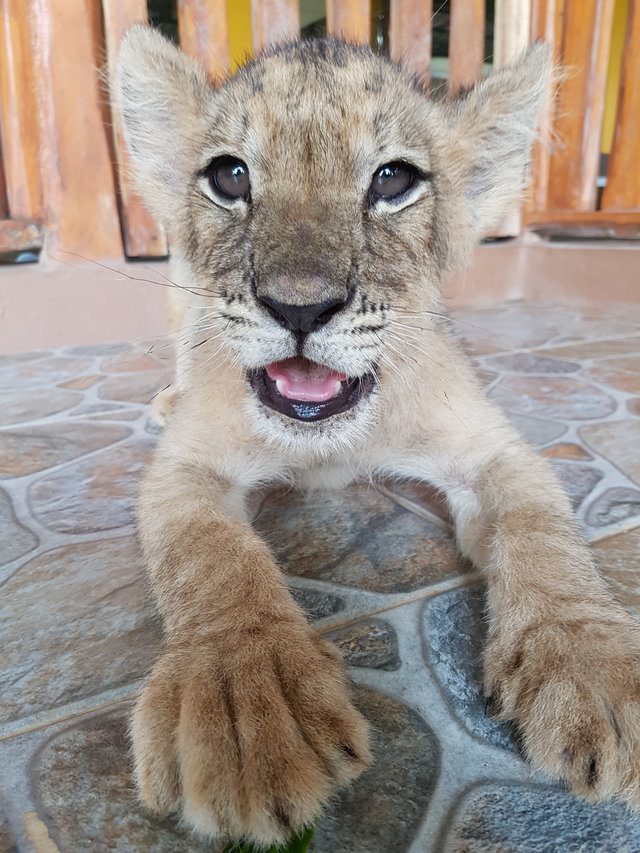
The operation is sometimes done without anesthesia which causes the animals debilitating pain.
“If they’re not under anesthesia, then it would definitely hurt,” Bass said. “It’s like cutting off the tips of all of your fingers. And who knows if they bandage them up or what happens afterward, but definitely it hurts.”
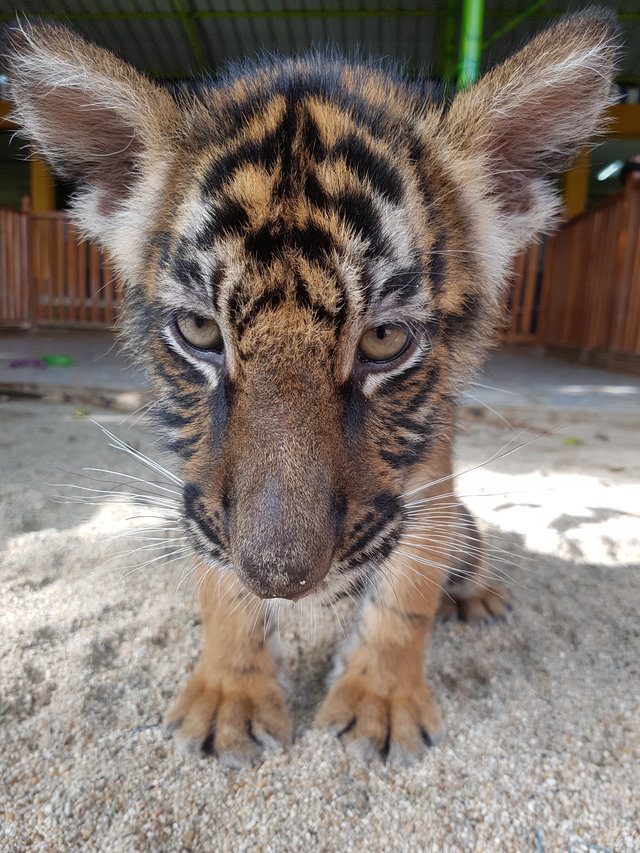
The procedure can alter a big cat’s gait, and put undue stress on their joints, Bass explained. When a declawed big cat gets older, arthritis can set in.
“There’s just a whole litany of things that could go wrong,” Bass said. “And basically, it’s cruel. It strips the animal of the natural defenses that they have against predators.”
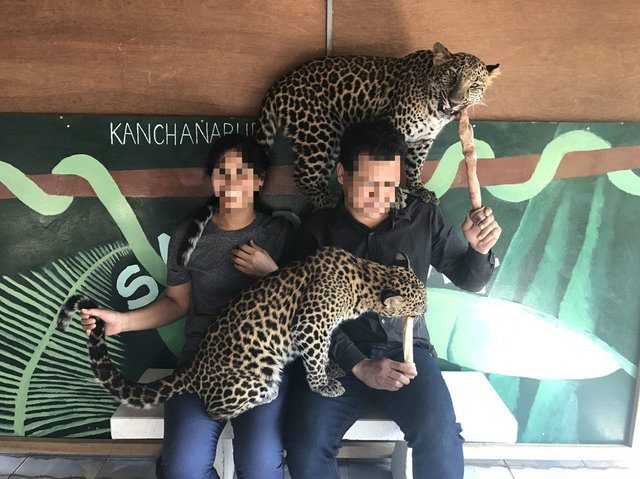
Mitzu, The Declawed Sun Bear
About a decade ago, the zoo owners declawed a sun bear named Mitzu after he allegedly climbed a fence to attack another animal.
“This bear was out in the safari zone and it climbed over the metal gate to the tiger zone,” Michael said. “And they told us [the volunteers] it killed another tiger there. Tigers are worth a lot of money in Asia, so I guess that was a big deal. And to minimize that kind of damage again, they declawed that bear.”
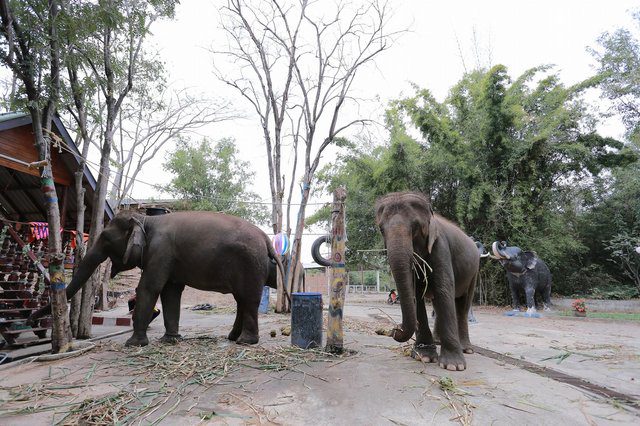
Once they removed Mitzu’s claws, the zoo locked him up in a small cage, where he has stayed for more than 10 years.
“I’ve spent four years at that zoo, and the whole time, that bear sat in the same spot in the cage,” Michael said. “To me, that is one of the biggest injustices ever. We [the volunteers] argued, ‘If he makes you no money, what’s the point of having this bear?’”
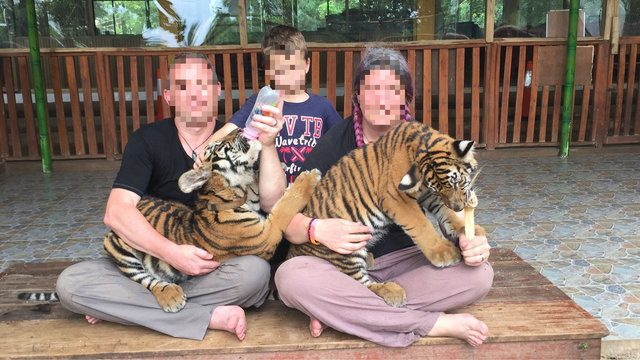
Michael stopped working at the zoo in 2017, but he believes that Mitzu is still living in the same small cage to this day.
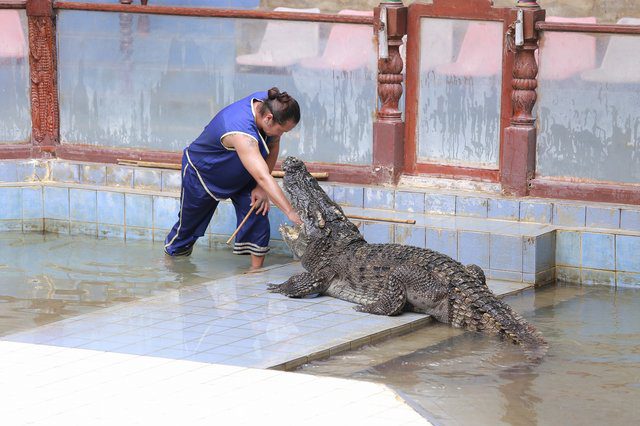
Declawing Cats In The U.S.
In Southeast Asia, declawing isn’t restricted to zoos it also happens at wildlife facilities in the U.S. In fact, 75 percent of the rescued cats who have come to live at BCR were declawed by their previous owners, according to Bass.
The United States Department of Agriculture (USDA) made it illegal for licensed facilities or breeders to declaw or to remove the teeth of their large carnivorous animals and primates in 2006. But unfortunately, it’s still happening across the country.
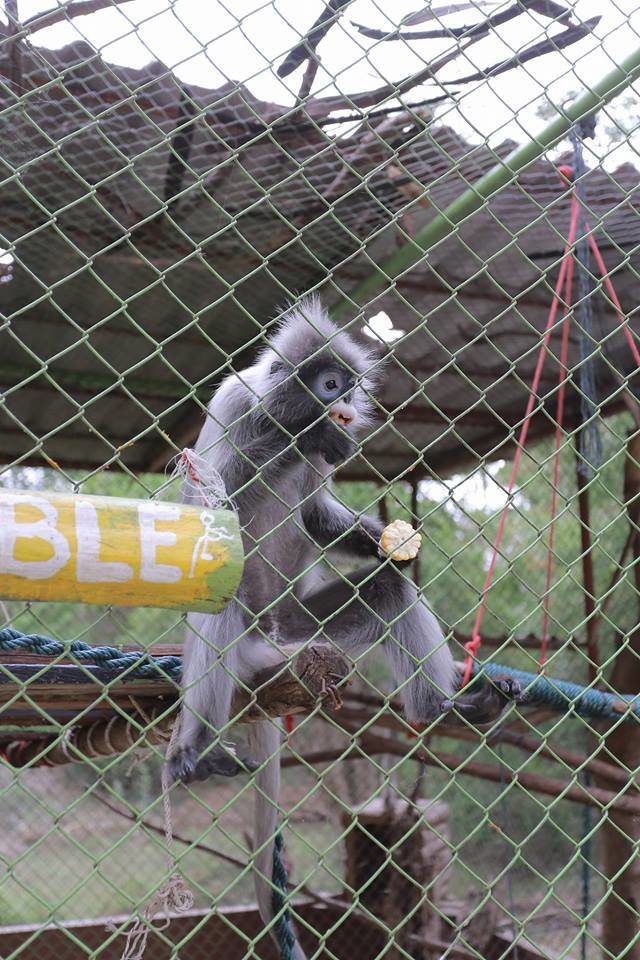
“We just took [in] three cats that were illegally declawed in Ohio — just a few months ago,” Bass said. “They were surrendered to the Department of Agriculture in Ohio … and when we got them to Florida and checked them out, we realized that all three had been declawed. So it is still happening.”
Bass is aware of at least two other zoos that declaw their cubs: a roadside zoo called Walk on the Wild Side in Hillsboro, Oregon, and a traveling zoo called Jungle Safari in Florida, despite the fact that these facilities are licensed by the USDA.
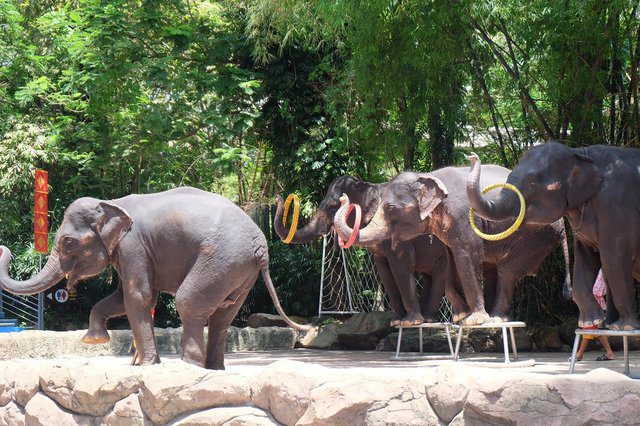
“I get reports all the time that the tiger cubs that they are using for their cub petting have been declawed,” Bass said. “And God knows how they’re even doing that, or if they’re even using a vet. Because a vet would know that’s not correct and wouldn’t do it. So they might be doing it themselves, probably without anesthesia. It’s a horrendous practice.”
“It’s just a shame that there are places around the world, including the United States, where people still think they can use big cats however they want, just to make money and profit off of them,” Bass added.
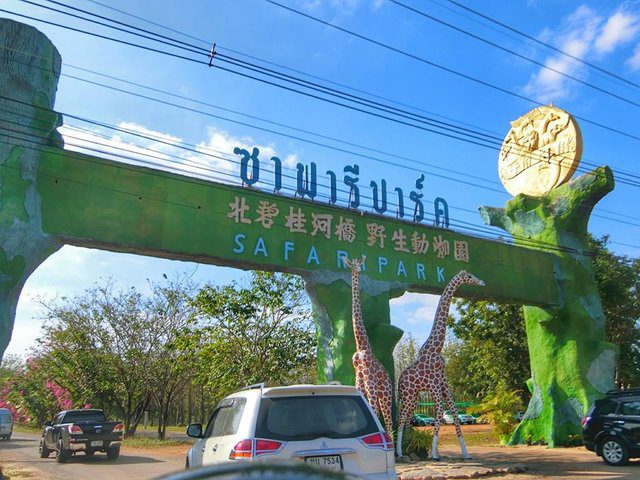
How To Stop Declawing And Help Animals
Michael worries about what would happen to the animals if Safari Park Open Zoo and Camp were to shut down, there aren’t many true sanctuaries in Thailand that could take in that many animals.
Michael worries that the staffers could take the fall for the zoo’s owners. “The Thai staff who work there don’t have a say in what goes on,” Michael said. “They just do what they’re told … The people responsible are the owners of the zoo.”
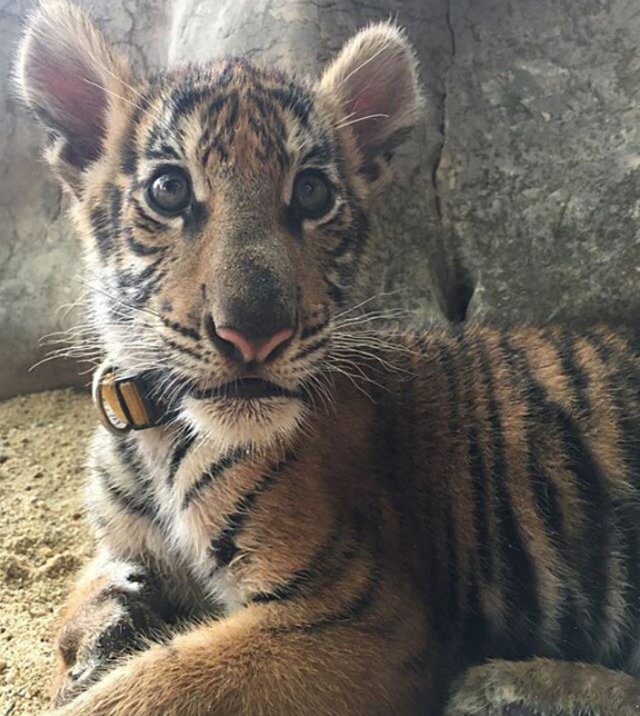
Michael hopes that the declawing practice is stopped at Safari Park Open Zoo and Camp and that tourists make informed decisions about which facilities they choose to support.
“I raised some of these animals and looked after them,” Michael said. “I want to continue to fight … and make sure not another cub has to go through that.”
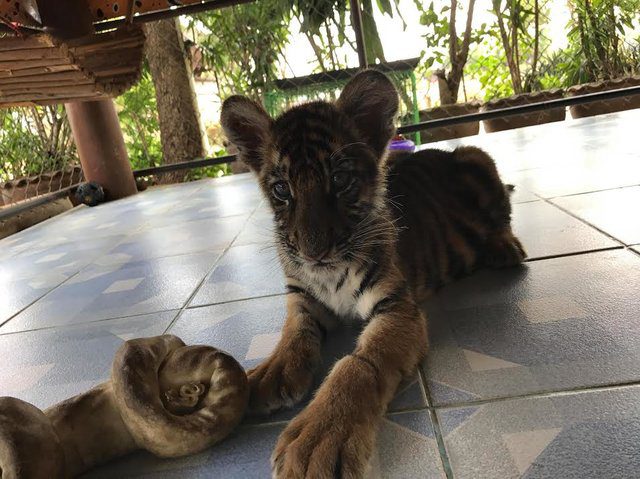
If you’re traveling in Thailand or in Southeast Asia, remember to avoid any attractions that feature animal performances or let you interact with tigers or other big cats.
If you know someone who might like this, please click “Share!”

